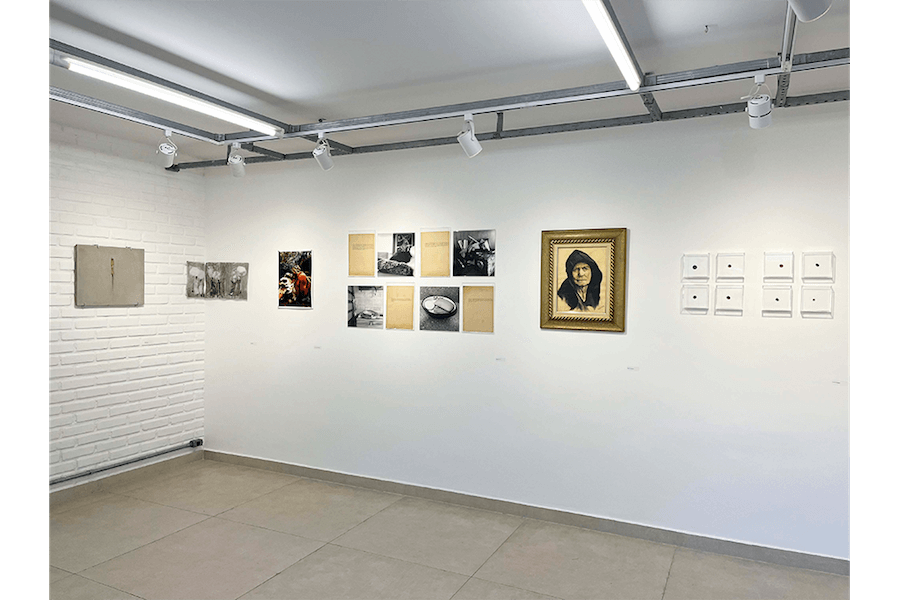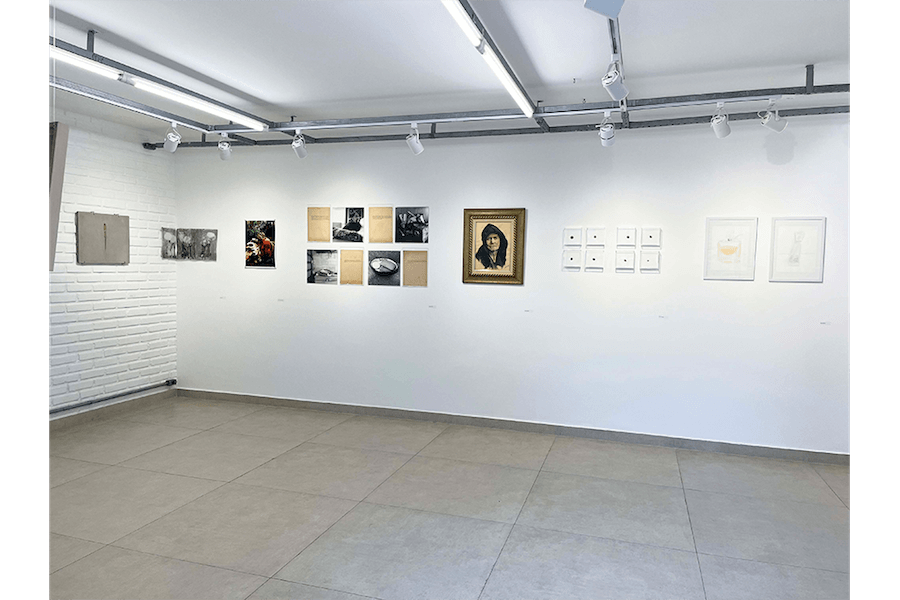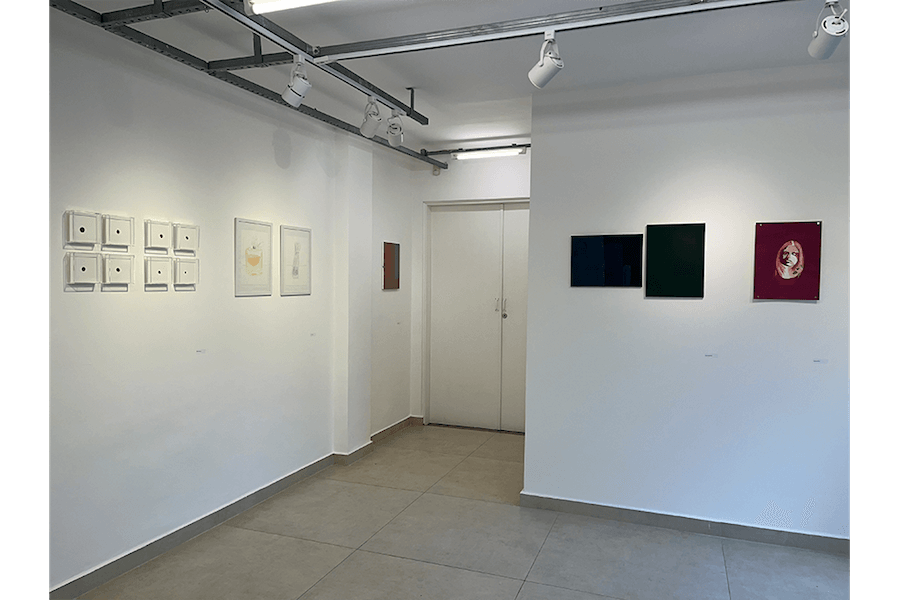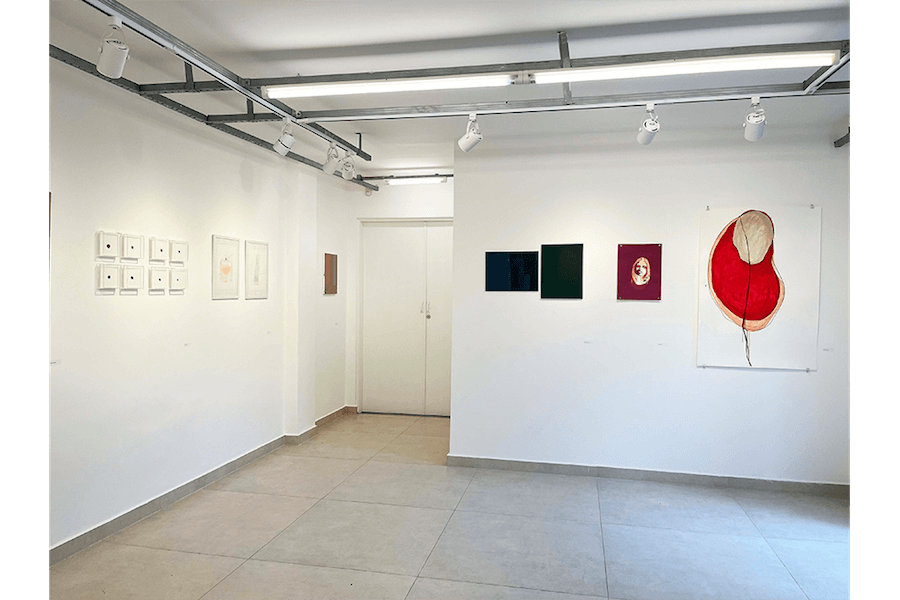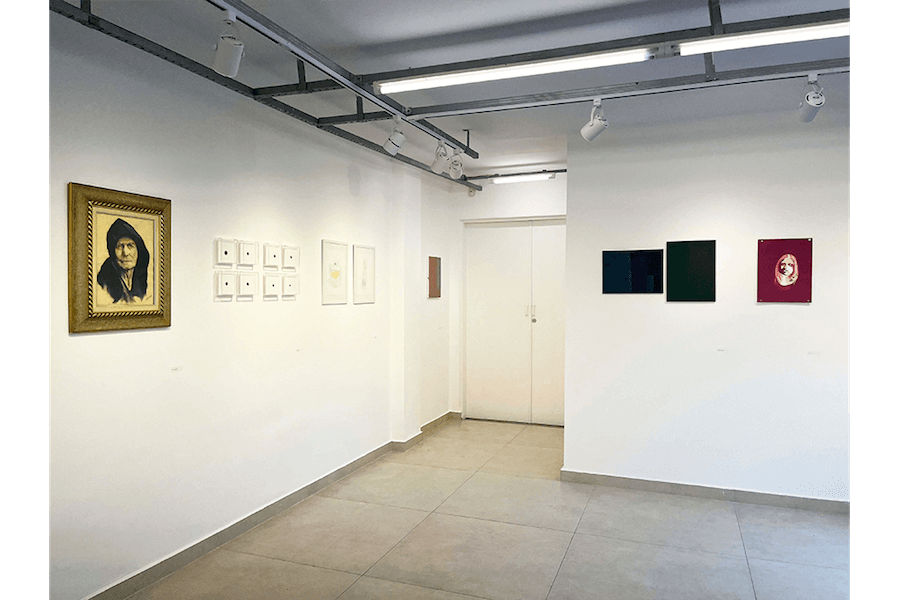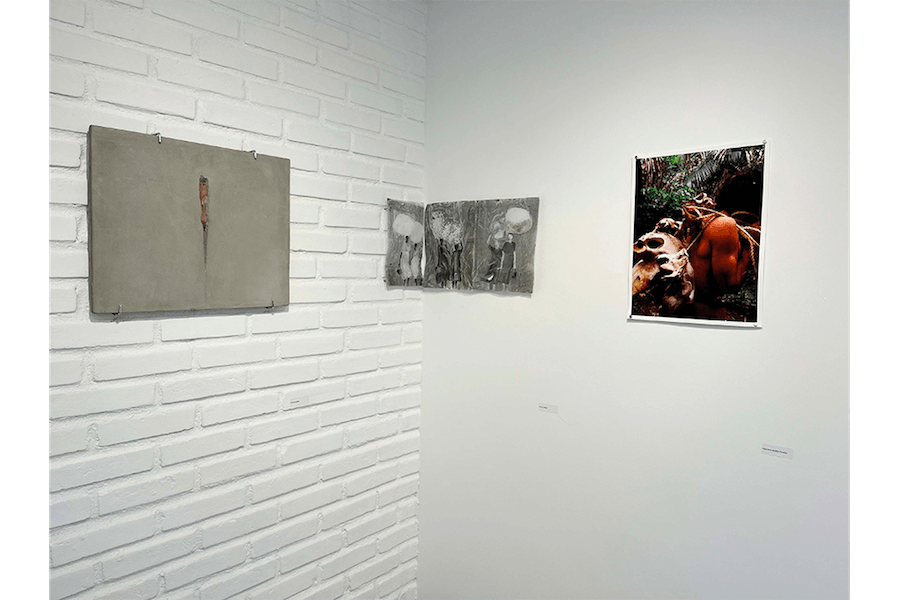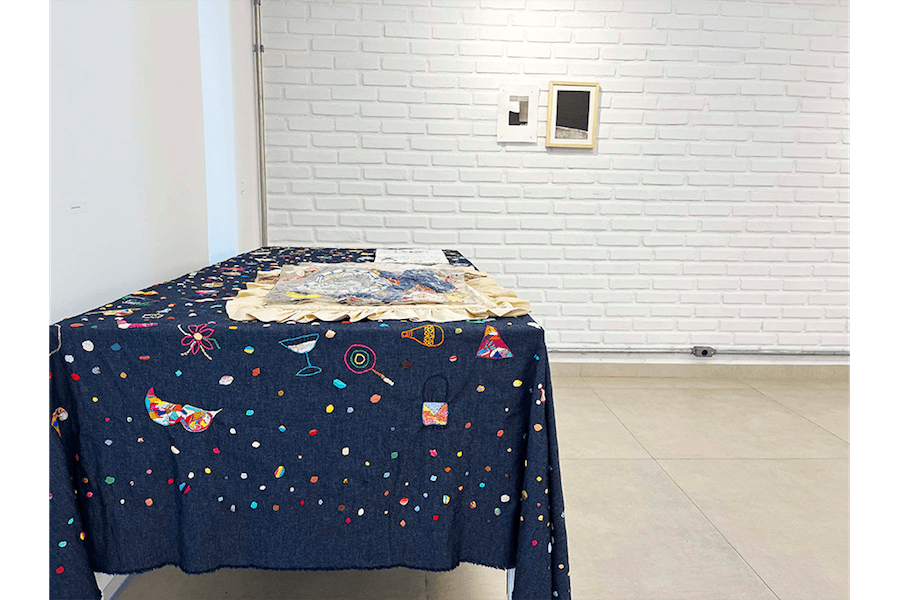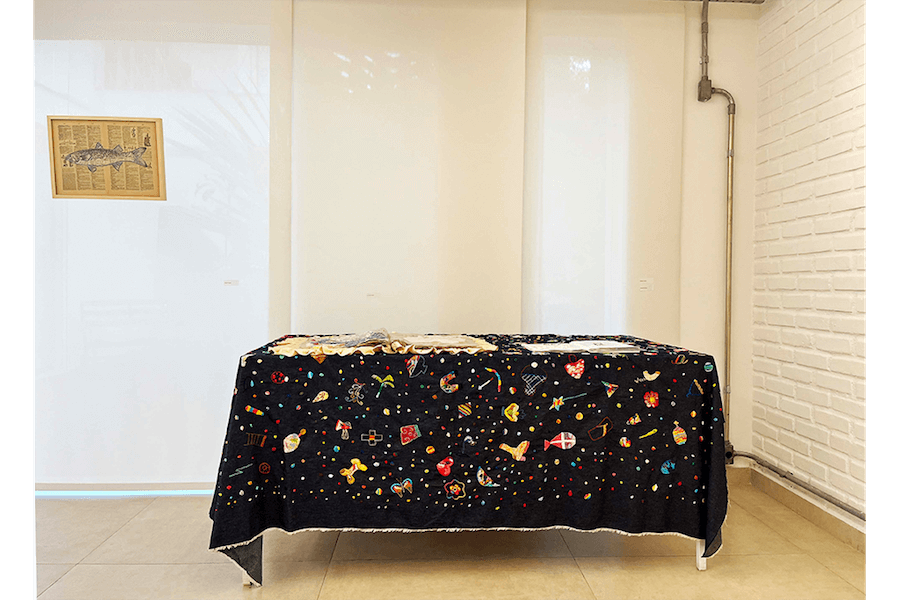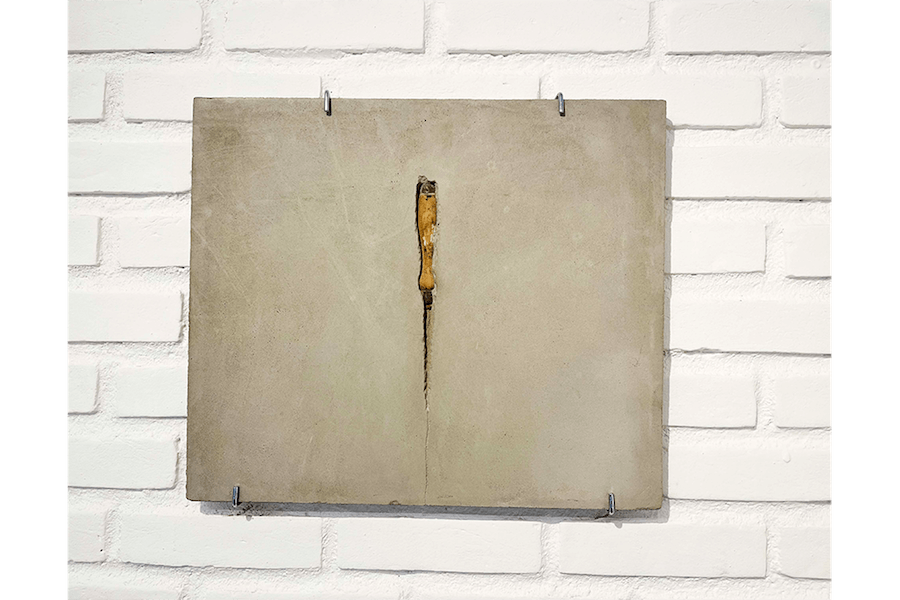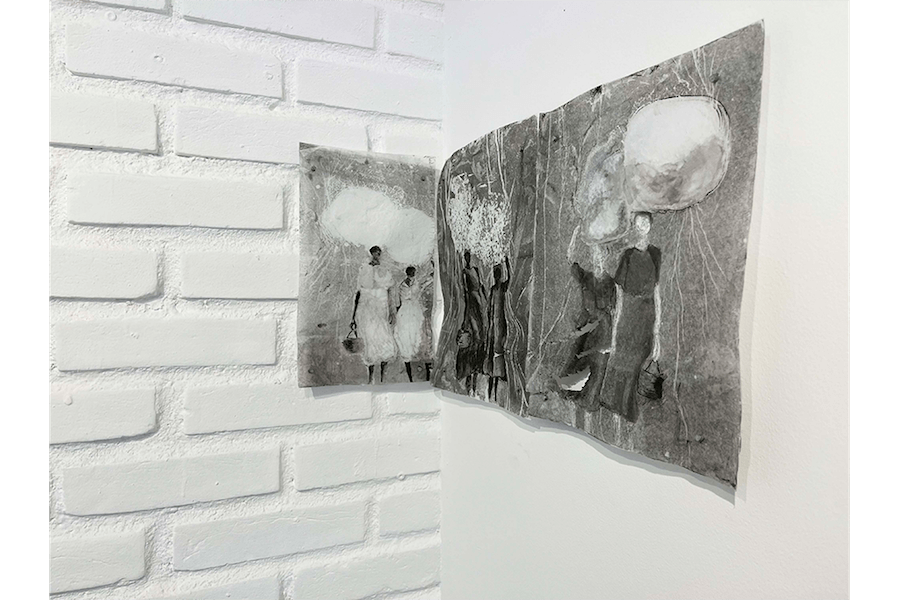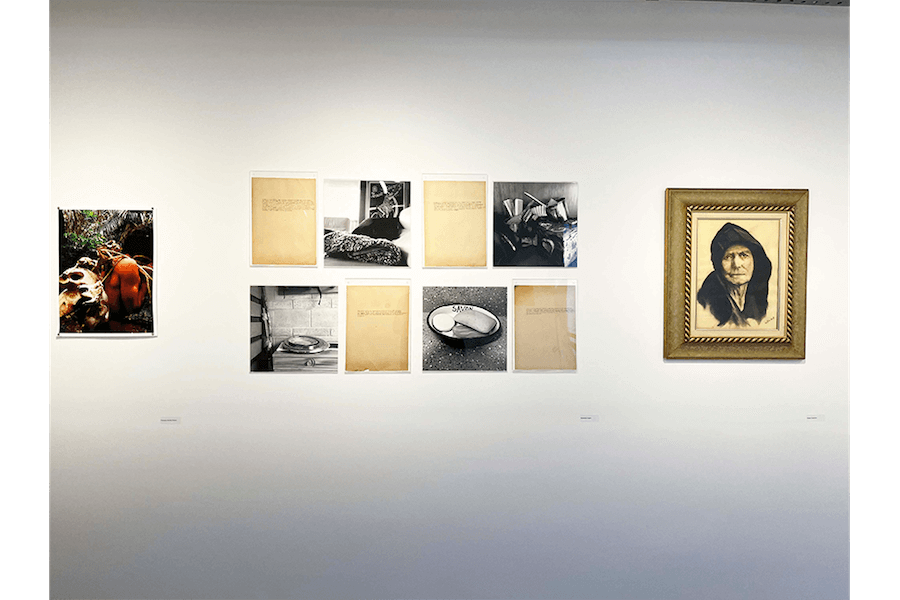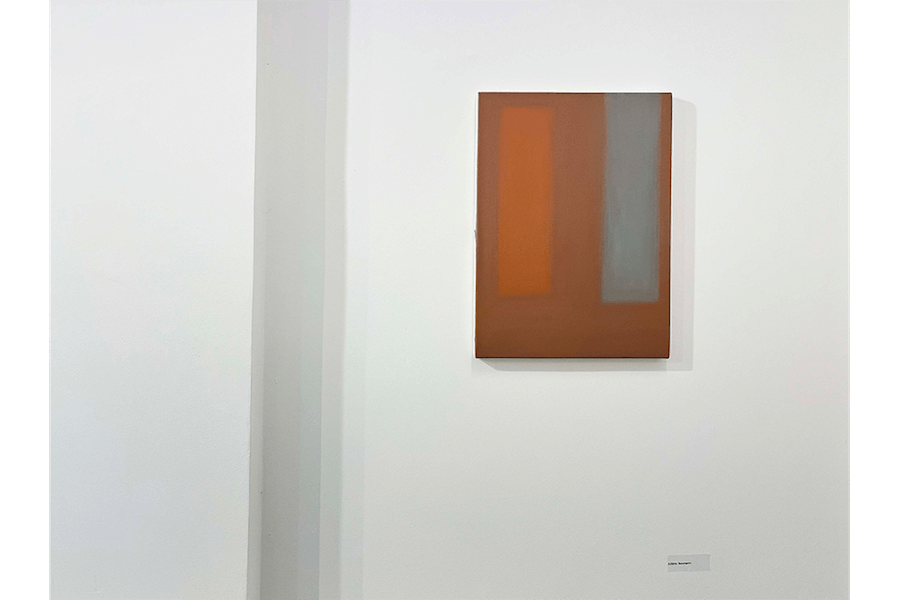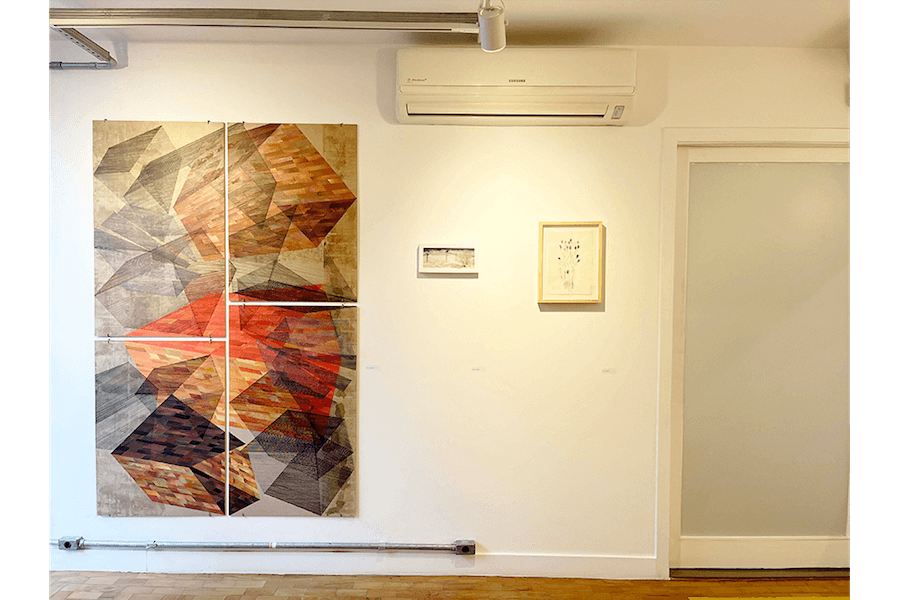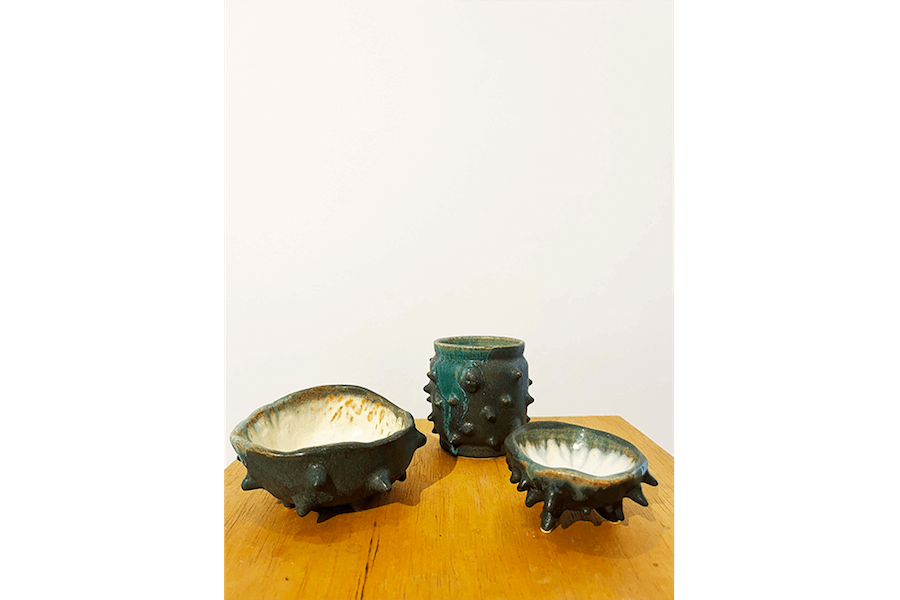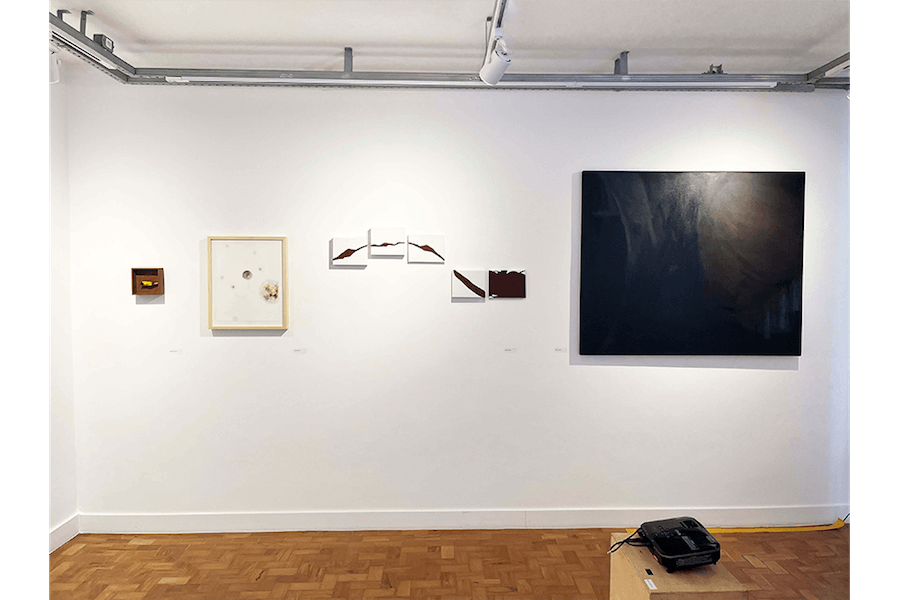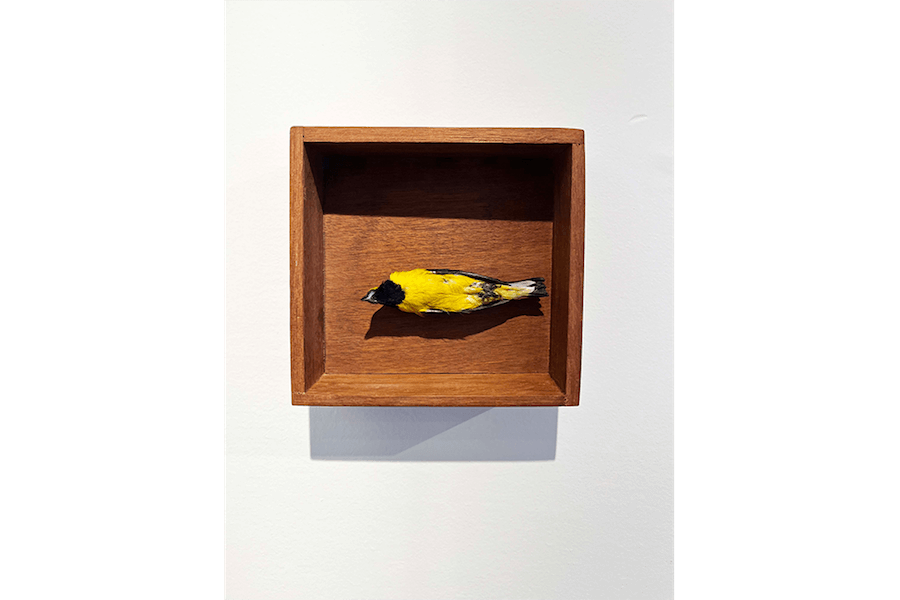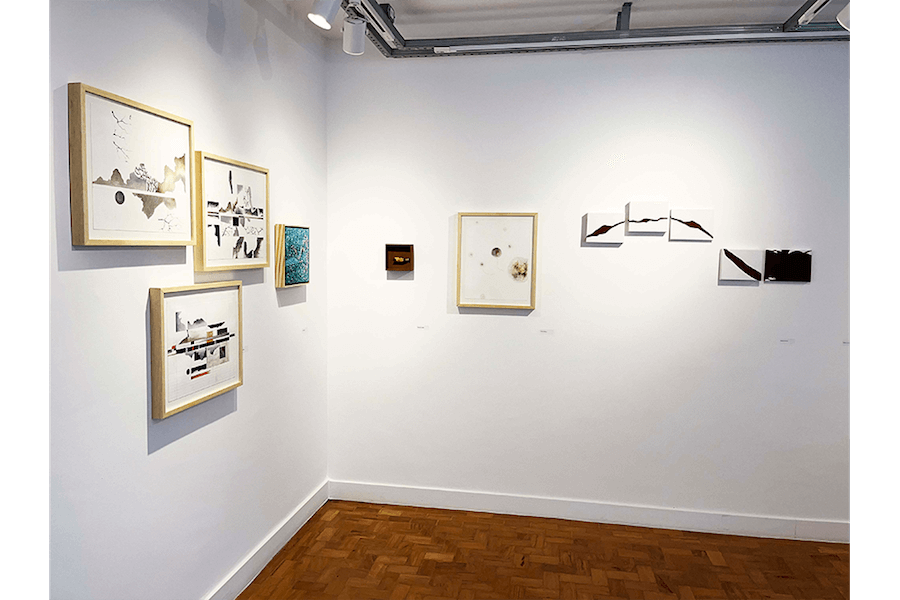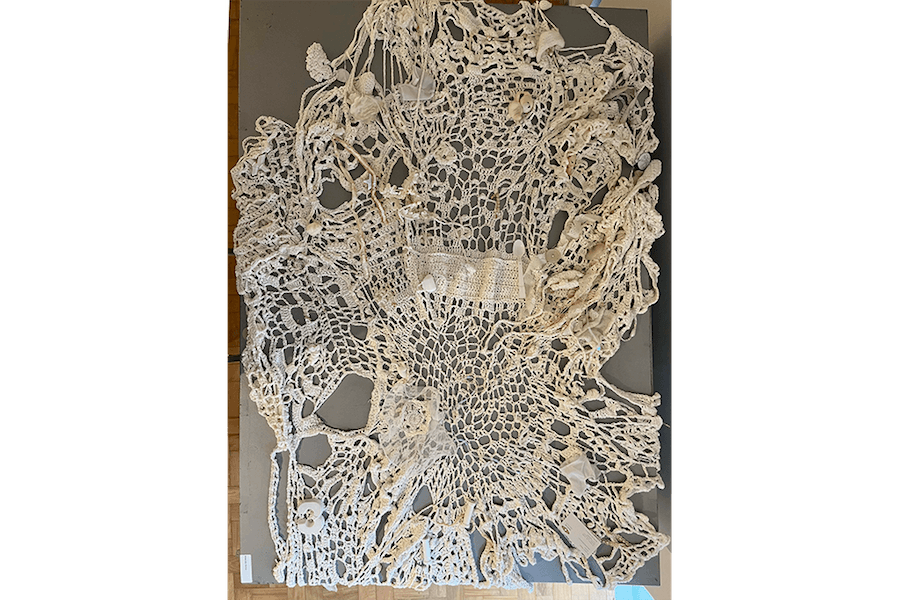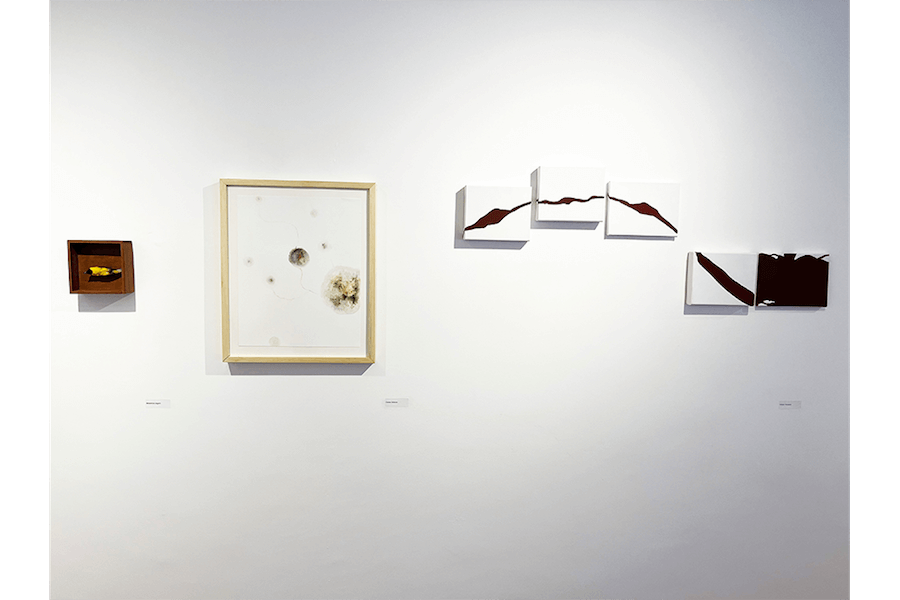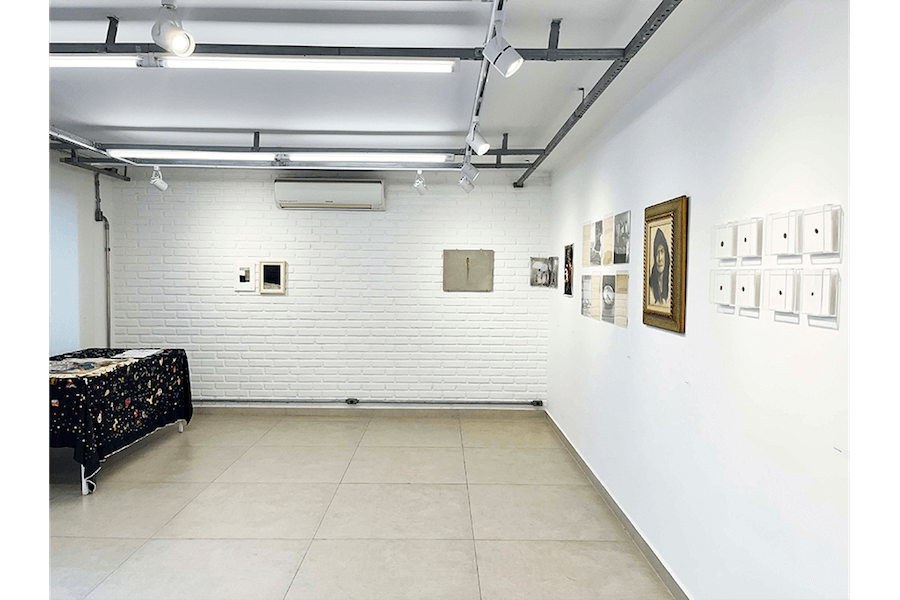

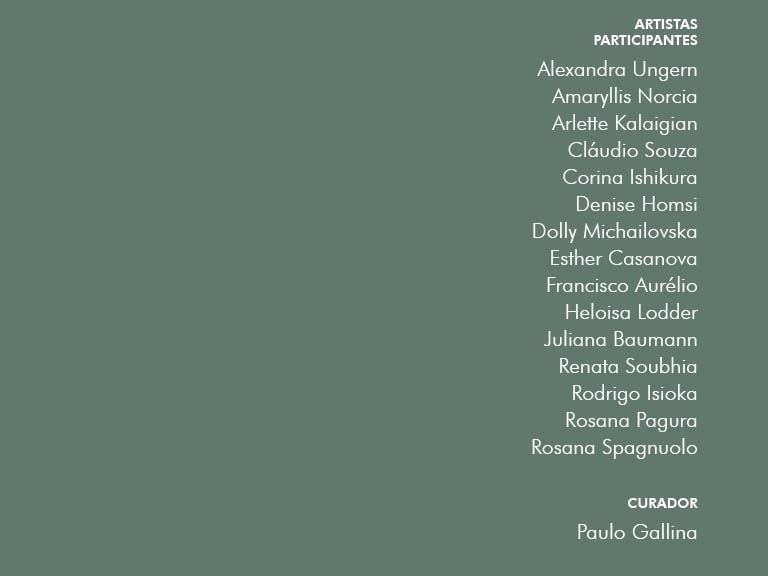
O Fim Secreto de Todas as Coisas
[The Secret End of All Things]
Alexandra Ungern, Amaryllis Norcia, Arlette Kalaigian, Cláudio Souza, Corina Ishikura, Denise Homsi, Dolly Michailovska, Esther Casanova, Francisco Aurélio Pereira, Heloisa Lodder, Juliana Baumann, Renata Soubhia, Rodrigo Isioka, Rosana Pagura and Rosana Spagnuolo
Curated by Paulo Gallina
Opening: 09/24
Exhibition period: 09/27 to 10/22/2022

O Fim Secreto de Todas as Coisas [The Secret End of All Things]
is an exhibition that links aesthetics and memory. If death is inescapable for humanity, oblivion will not be its legacy. There are more ways of remembering than remembering (not rarely emotional) the events that mark our lives. The images carry memory, including the memory of a future that may come to be, the hope of overcoming the pettiness of our misery and our [human] condition. This is the redemptive or sublimating character of art that the ancients [not the Greeks of antiquity, but the ideologues of the bourgeois revolution that begins the present time in its crudest state] insinuated: redemption through beauty.
It is necessary to be clear, however, that sublimation by beauty and hope can also be misleading. The effort to remember, to some extent, reveals a willingness to forget [perhaps unconsciously]. This exhibition, therefore, appeals to our will to deal with the many powers that were not explored during the retreat that was the pandemic, a mourning to some extent, so that we can once again find some meaning in the sublime and ineffable in dark times.
Arlette Kalaigian, Corina Ishikura, Denise Homsi, Esther Casanova, Juliana Baumann, Renata Soubhia, Rosana Pagura and Rosana Spagnuolo show the public how the unreasonable gesture of living is disguised, between engraving and painting, in images that now represent the world of realistic way, sometimes surrealist and, still, sometimes in an abstract way. In the painting of these artists we will find the fissures of the perdition of inconstant and uncertain thoughts and the salvation of the choice and election of the portrayed meanings as a mirror of what one wants for oneself and for the world. The painting, therefore, seems to lean on the vanity of each breath to impel its observers to find in the image and in its conduct some quality of peace for its presence in the storm of the times we live in.
Alexandra Ungern, Amaryllis Norcia, Claudio Souza, Dolly Michailovska, Francisco Aurélio, Heloisa Lodder and Rodrigo Isioka, in turn, strive to reiterate the hardness of the world, of the matter of stones through the poiesis of their plastic research. Hard matter, in these researches, embodies the delicacy of raw memories of past experiences, of fortuitous forgetfulness to remind us that “there is a light, somewhere / it may not be much light, / but it overcomes the darkness”. Or, in other words, that despite the mourning for the possibilities that will never come to be, there is strength in the presence, in the choice and in the construction of the world to come. Perhaps he [i. It is. the world] may not come to be in our [brief] lifetime, but surely, it will come. And what legacy will we leave for the children of the children of our children’s children? The misery of a desert ravaged by sun and pollution or the hope of something better than this?
This is the secret end of all things, the loss of meaning, even if the fleeting memory lingers. The transformation into aesthetics of what was an ethical exploration in the form of a story, narrative or life experience. It is, with luck, because of this quality of transformation that it can be said: “aesthetics is an arm of ethics”; without fear of shattering a theory capable of embracing the whole of our humanity. And you? What other secret can you find besides a kinder look at grief as it stands?
Paulo Gallina

